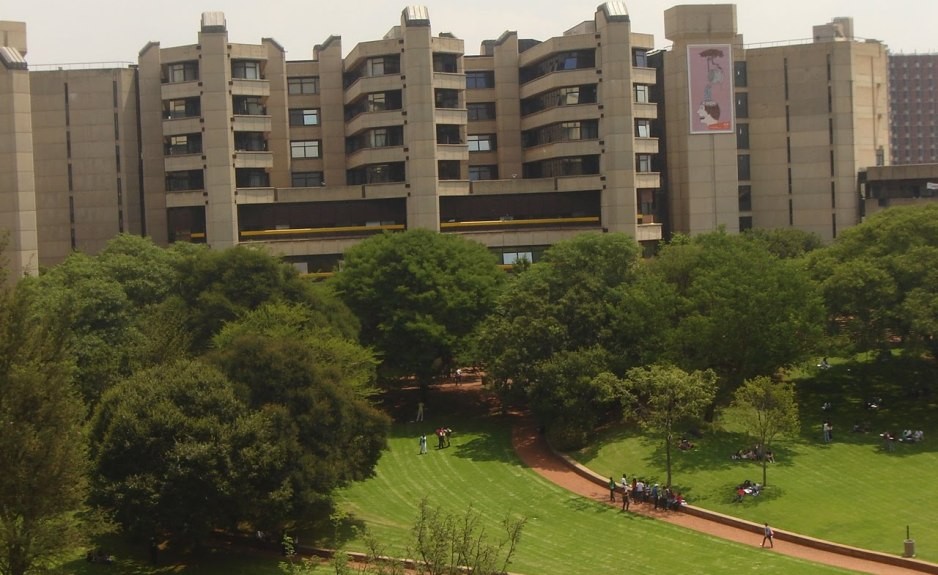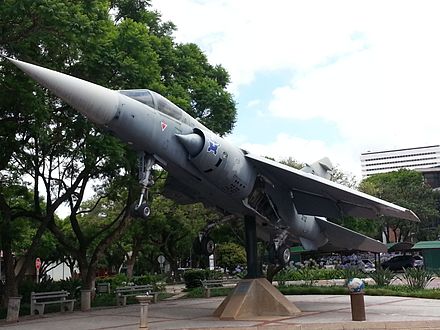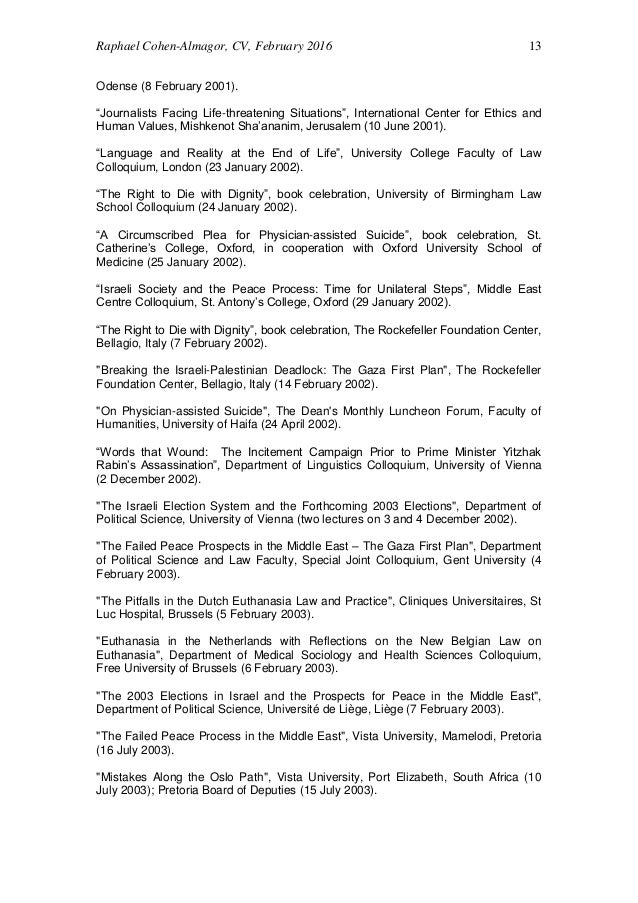University Of Vista South Africa
Publié le 1 Juillet 2017
South Africa facts, information, pictures. LOCATION, SIZE, AND EXTENTTOPOGRAPHYCLIMATEFLORA AND FAUNAENVIRONMENTPOPULATIONMIGRATIONETHNIC GROUPSLANGUAGESRELIGIONSTRANSPORTATIONHISTORYGOVERNMENTPOLITICAL PARTIESLOCAL GOVERNMENTJUDICIAL SYSTEMARMED FORCESINTERNATIONAL COOPERATIONECONOMYINCOMELABORAGRICULTUREANIMAL HUSBANDRYFISHINGFORESTRYMININGENERGY AND POWERINDUSTRYSCIENCE AND TECHNOLOGYDOMESTIC TRADEFOREIGN TRADEBALANCE OF PAYMENTSBANKING AND SECURITIESINSURANCEPUBLIC FINANCETAXATIONCUSTOMS AND DUTIESFOREIGN INVESTMENTECONOMIC DEVELOPMENTSOCIAL DEVELOPMENTHEALTHHOUSINGEDUCATIONLIBRARIES AND MUSEUMSMEDIAORGANIZATIONSTOURISM, TRAVEL, AND RECREATIONFAMOUS SOUTH AFRICANSDEPENDENCIESBIBLIOGRAPHYRepublic of South Africa.
Republiek van Suid- Afrika. CAPITAL: Pretoria (administrative); Cape Town (legislative); Bloemfontein (judicial)FLAG: The national flag, adopted in 1. Bands of red, white, green, white, and blue appear horizontally. ANTHEM: Two anthems are currently in use: the official anthem, Die Stem van Suid- Afrika (The Call of South Africa), and Nkosi Sikelel' Afrika (God Bless Africa), a hymn adopted by most liberation groups. MONETARY UNIT: The South African rand (r) is a paper currency of 1.


- The South African Democracy Education Trust (SADET) was established as a project Trust after President Thabo Mbeki indicated his concern about the paucity of.
- University of South Africa (Unisa) is the largest open distance learning institution in Africa and the longest standing dedicated distance education university.
- Creating an environment where universities in South Africa thrive and succeed. Universities South Africa, formerly known as Higher Education South Africa (HESA), is a.
- General information of the university, among with information on study, academic departments, faculties, resources and services, student life, and events.
- THE NWU NWU @ a glance. Where we are. The NWU is a multi-campus university with a footprint across two provinces. The Mafikeng and Potchefstroom Campuses are situated.
It is used throughout the South African monetary area. There are coins of 1, 2, 5, 1. Movable religious holidays include Good Friday and Ascension; Family Day is a movable secular holiday. TIME: 2 pm = noon GMT. The area of South Africa is 1,2.
Comparatively, the area occupied by South Africa is slightly less than twice the size of the state of Texas. Considered as a whole, South Africa extends 1,8. It is bounded on the n by Botswana and Zimbabwe (formerly Rhodesia), on the ne by Mozambique and Swaziland, on the e by the Indian Ocean, on the s by the confluence of the Indian and Atlantic oceans, on the w by the Atlantic Ocean, and on the nw by Namibia. South Africa also controls two small islands, Prince Edward and Marion, which lie some 1,9. Cape Town. South Africa's capital city, Pretoria, is located in the northeastern part of the country.
South Africa has a mean altitude of about 1,2. Parts of Johannesburg are more than 1,8. There are three major zones: the marginal regions, which range in width from 8. Cape folded belt, and western plateau slopes; a vast saucer- shaped interior plateau, separated from the marginal zone by the Great Escarpment; and the Kalahari Basin, only the southern part of which projects into north- central South Africa. The land rises steadily from west to east to the Drakensberg Mountains (part of the Great Escarpment), the tallest of which is Mt. Injasuti (3,4. 08 m/1.
Lesotho. The coastal belt of the west and south ranges between 1. Cape. North of the coastal belt stretch the Little and the Great Karoo highlands, which are bounded by mountains, are semiarid to arid, and merge into sandy wastes that ultimately join the arid Kalahari. The high grass prairie, or veld, of the Orange Free State and the Transvaal is famous for its deposits of gold and silver; other minerals are found in the Transvaal's bush veld. From the Drakensberg, the land falls toward the Indian Ocean in the rolling hills and valleys of Natal, which are covered with rich vegetation and, near the coast, subtropical plants, including sugarcane. The two most important rivers draining the interior plateau are the Orange (with its tributary the Vaal), which flows into the Atlantic Ocean, and the Limpopo, which empties into the Indian Ocean through Mozambique.
Of the fast- flowing rivers with steeply graded courses that produce spectacular waterfalls, the largest is the Tugela, which rises in the Mont- aux- Sources and flows swiftly to the Indian Ocean. South Africa lies almost wholly within the southern temperate zone, and its climate is more equable than that of corresponding northern latitudes because of its surrounding waters. Temperature differentials between east and west coasts stem from the influences, respectively, of the warm Mozambique (Agulhas) Current and the cold Benguela Current. The average daily minimum temperature at Durban, on the east coast, ranges from 1. Temperatures are cooler in the highlands: at Johannesburg, the average daily minimum is 4. On the high veld there are sharp differences. Rainfall is unpredictable in large parts of the country, and prolonged droughts are a serious restriction on farming in such areas.
While the mean annual rainfall is 4. Much of South Africa gets its rain in the summer months, but the western coastal belt is a winter rain area. Along the Cape south coast, rain falls during both seasons. The variety of South Africa's climate and altitude accounts for its diversified flora and fauna. Major vegetation zones include the forest and palm belt of the east, south, and southwest coasts; the temperate grasslands (veld) of the eastern portion of the interior plateau; the desert and semidesert (Karoo) vegetation of the western interior; and the bushveld (savanna) of the Kalahari and the northeast. Of the 2. 00 natural orders of plants in the world, over 1. South Africa has over 2.
There are 2. 00 species of euphorbia, about 3. Cape Province alone, and more than 5.

Wild flowers (including the protea, South Africa's national flower) grow in great profusion throughout the Cape region. Aardvark, jackal, lion, elephant, wild buffalo, hippopotamus, and various kinds of antelope are still found in some parts of the country. In the great game parks, animals may be seen living in natural surroundings. So extensive is the variety both of smaller mammals and of plants that they have not yet all been identified. The number of different kinds of birds is estimated at well over 3. The number of species of insects is estimated at 4. Recent industrialization and urbanization have taken their toll on the South African environment, as have such agricultural practices as veld fires, overgrazing of livestock, and intensive use of pesticides.
Soil erosion and desertification are two more significant environmental issues in South Africa. Three hundred to four hundred million tons of soil per year are lost. The country's limited water resources have been impaired by mineralization, eutrophication, and acidic mine drainage. South Africa has 4. The country's cities produce about 4. Air pollution in urban areas stems primarily from coal burning and motor vehicle exhausts. The government has taken steps to address these issues: Johannesburg was the site of the 2.
World Summit on Sustainable Development, and South Africa is seen as a leader of the developing world on issues such as climate change, conservation, and biodiversity. The principal environmental bodies are the Department of Water Affairs, the Department of Environmental Affairs, and the Department of National Health and Population Activities. Pursuant to a government . It included development of a comprehensive technology for treating sewage and industrial effluents, surveys of threatened natural habitats, research on marine pollution, monitoring of atmospheric pollutants, and a program of environmental education in the public schools. According to a 2. International Union for Conservation of Nature and Natural Resources (IUCN), the number of threatened species included 2.


Threatened species in South Africa include the riverine rabbit, Cape Mountain zebra, Treur River barb, and several species of butterfly. Twelve species have become extinct, including the cape warthog, bluebuck, Burchell's zebra, and quagga. About 5. 5% of the total land area is protected and there are numerous nature and game reserves and national parks. Some 1. 20 rare Addo elephants are protected in Addo Elephant National Park, 5. Port Elizabeth; Bontebok National Park (near Swellendam, Cape Province) is a habitat for the last surviving herd of bontebok antelope; Mountain Zebra National Park (near Cradock, in Cape Province) is a refuge for several hundred rare mountain zebras and springbok; and Kruger National Park, in northeastern Transvaal, has almost every species of South African wildlife in its natural habitat.

The population of South Africa in 2. United Nations (UN) at 4.
Click here to find out the 10 top universities in South Africa in 2016. A total of 14 South African universities are featured.
In 2. 00. 5, approximately 4% of the population was over 6. There were 9. 6 males for every 1. According to the UN, the annual population rate of change for 2. The projected population for the year 2. The overall population density was 3. The UN estimated that 5.
The administrative capital, Pretoria had a population of 1,2. Johannesburg, the largest city and the commercial and industrial center of the country, had a metropolitan population of 3,2. Cape Town, the legislative capital, had a population of 3,1. Other major cities include East Rand, 3,0.
Durban, 2,6. 43,0. West Rand, 1,2. 97,0. Sasolburg, 1,2. 59,0. Port Elizabeth, 9.
Browse Marriott's hotel directory to search for hotels that are designed to satisfy your every need. See our complete list of hotels at Marriott.com.


Bloemfontein, the judicial capital, approximately 3. The prevalence of HIV/AIDS has had a significant impact on the population of South Africa. The UN estimated that 2. HIV/AIDS in 2. 00. The AIDS epidemic causes higher death and infant mortality rates, and lowers life expectancy. Preference was given in the past to immigrants from those countries from which South Africa's present white population is derived. Between 1. 96. 3 and 1.
Between 1. 98. 0–8. Zimbabwe residents emigrated.
South Africa. After 1. Of the 6. 3,4. 95 immigrants between 1. African countries, 1. United Kingdom, 1. European countries, and 1. Emigration came to 4.

In 1. 98. 6, it was estimated that between 1. Africans migrate temporarily to South Africa each year to fulfill work contracts, although only about 5. Africans are living and working in the country at any given time. South Africa was providing informal sanctuary to perhaps 2. Mozambique in 1. 99.
Since 1. 99. 9, one of South Africa's main challenges has been the increasing cross- border migration. In addition to the large number of undocumented migrants that enter the country, as of 1.
Also in 1. 99. 9, xenophobia was on the rise, with 3. The number of migrants living in South Africa in 2. In 2. 00. 4 there were 2.
Over 7,0. 00 refugees were from Somalia, 5,0.

/https%3A%2F%2Fassets.over-blog.com%2Ft%2Ftwentyeleven%2Fimages%2Fpine-cone.jpg)